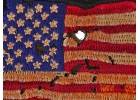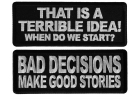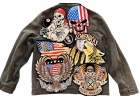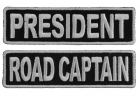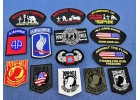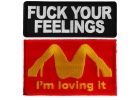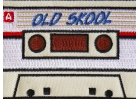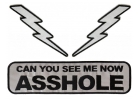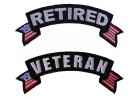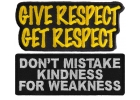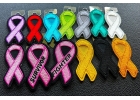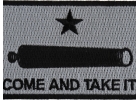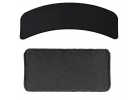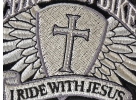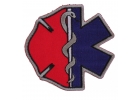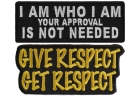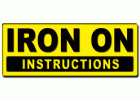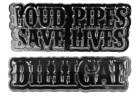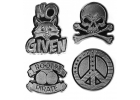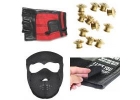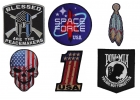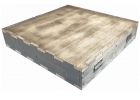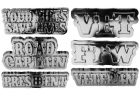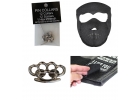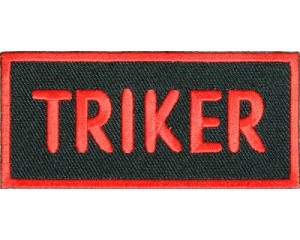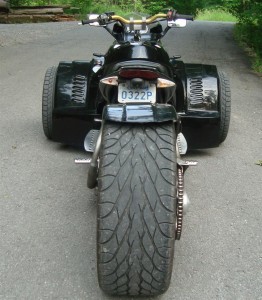 It can be difficult for bikers who have been riding for decades to come to terms with the fact that getting older means they do not quite have the balance and strength to continue riding a bike safely. Thank goodness for trikes. Bikers can trade in their current motorcycle for a new trike or convert their bike using a trike conversion kit. But here's the question: is the rear or reverse conversion better?
It can be difficult for bikers who have been riding for decades to come to terms with the fact that getting older means they do not quite have the balance and strength to continue riding a bike safely. Thank goodness for trikes. Bikers can trade in their current motorcycle for a new trike or convert their bike using a trike conversion kit. But here's the question: is the rear or reverse conversion better?
Both rear and reverse trikes have their benefits and disadvantages. Rear trikes are the norm, and have been since their inception in the early 20th century. Yet the reverse trike is gaining popularity among bikers who appreciate some of the advantages they offer. In the following paragraphs, will address two of those advantages.
Keep in mind that what you read is subject to personal preference. You may decide that a reverse trike is something you want to look at further, or you may decide that a rear trike is better. Just remember that one of the fundamental aspects of being a good biker is to respect every rider and his machine, even if his machine were something you wouldn't be caught dead driving!
Balance and Stability
Perhaps the most common reason a biker decides to convert his motorcycle to a trike is the need for greater balance and security. Again, we'll use older bikers as an example. With age come diminished strength and balance issues, making it very difficult for some bikers to safely handle heavy machines. Both kinds of trikes provide the needed balance and stability, but the reverse trike does have an advantage in this area.
Balance and stability with a trike all comes down to the triangle profile. With a rear trike, the largest portion of that triangle sits directly behind the driver. That means the largest portion of the weight is being carried to the rear of the profile. Yet the driver's control of the vehicle is in front of him. This is the weakness of the rear trike.
A reverse trike completely flips around the triangle profile so that the largest portion of the triangle sits in front of the driver. By having the larger area and driver control in the same position, you achieve greater balance and stability. If you've ever ridden a reverse trike you know you can feel the difference during both deceleration and braking.
Cornering Ability
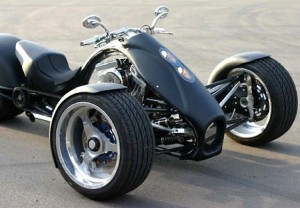 There's a very big difference between cornering on a motorcycle and cornering on a trike. Motorcycle riders know that you turn the bikes simply by leaning in one direction or another. With the trike, leaning is irrelevant. All of the turning is done through rotation of the front handlebars. Again, the reverse trike seems to have an advantage here.
There's a very big difference between cornering on a motorcycle and cornering on a trike. Motorcycle riders know that you turn the bikes simply by leaning in one direction or another. With the trike, leaning is irrelevant. All of the turning is done through rotation of the front handlebars. Again, the reverse trike seems to have an advantage here.
A rear trike has a somewhat limited range of motion that can make the vehicle difficult to maneuver around tight corners at slow speeds. Some rear trikes can be tough enough that you really need a lot of muscle in city driving. And of course, evasive maneuvers can be difficult for all but the most experienced trike riders. Why is turning an issue? Because of the surface area of the triangle profile.
As you turn a rear trike, all of the kinetic energy pushes forward to the front wheel and axle. The front tire bears the brunt of the force. As you turn one way, the vehicle wants to continue moving straight, pushing out on the side of the tire and placing a lot of stress on the axle. The combination of the kinetic energy and the stress is what makes it tough to turn at slow speeds.
The reverse trike solves that problem by providing a larger surface area and two wheels. The combination more evenly distributes both kinetic energy and resistance across a wider area, making turning significantly easier. Having said that, learning to turn a reverse trike takes some time to get used to. It's not uncommon for seasoned bikers to find reverse trikes unappealing because they're not used to the turning process.
There are number of other reasons people prefer reverse trikes to their rear counterparts. Nevertheless, as we said earlier, a lot of this is your own personal preference. Before you decide on your trike conversion, take some time to research the topic. Talk to the experts down at your local motorcycle shop, ask your friends, and even consider poking around on some Internet forums. There's lots of information available on both kinds of trikes.
Why not let others know you are a proud triker? Sew this Triker Patch on your biker jacket or vest.


